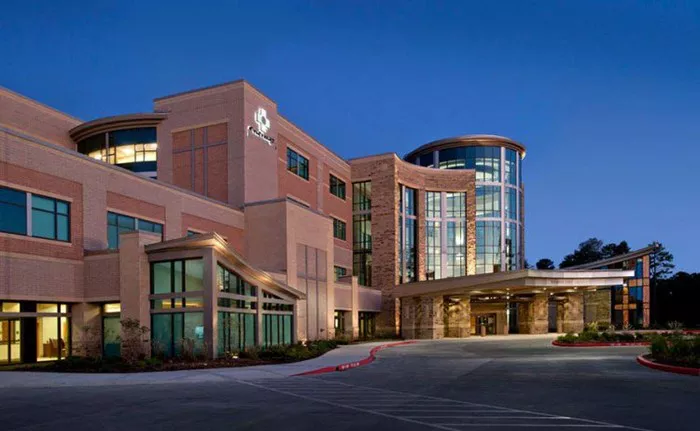In this comprehensive guide, we will delve into the different types of lip blisters, explore various treatment options, discuss preventative measures, and address common concerns related to lip blisters.
1. Identifying the Blister:
Lip blisters can manifest in various forms, with the two most common types being cold sores and canker sores.
Cold Sores:
Cold sores, also known as fever blisters, are caused by the herpes simplex virus (HSV).
They typically appear as clusters of small blisters filled with clear fluid.
Cold sores are contagious and can be triggered by factors such as stress, sun exposure, or a weakened immune system.
Canker Sores:
Canker sores, or aphthous ulcers, are shallow, painful lesions that develop on the inside of the mouth, including the lips.
Unlike cold sores, canker sores are not caused by a virus and are not contagious.
Possible triggers for canker sores include injury to the mouth, certain foods, or underlying health conditions.
Visual Aids: [Insert images illustrating cold sores and canker sores for easier identification].
2. Treatment Options:
Home Remedies:
Applying ice or a cold compress to the affected area can help reduce inflammation and numb the pain.
Over-the-counter (OTC) medications such as pain relievers (e.g., ibuprofen) or topical creams containing benzocaine can provide relief from discomfort.
Natural remedies like aloe vera gel or tea tree oil may also have soothing properties.
Medical Treatments:
Antiviral medications (e.g., acyclovir) can help shorten the duration of cold sore outbreaks when taken early.
For severe or persistent cases, a healthcare professional may recommend prescription-strength topical ointments or oral medications.
In some instances, laser therapy or other medical procedures may be necessary for treatment.
Note: It’s essential to consult a doctor or dentist before trying any new treatment, especially for severe or recurring lip blisters.
3. Prevention Tips:
Maintaining Good Hygiene:
Regularly washing hands can help prevent the spread of HSV, reducing the risk of cold sore outbreaks.
Avoid sharing personal items such as towels, utensils, or lip balms with others, particularly during an outbreak.
Identifying Triggers:
Stress management techniques such as exercise, meditation, or deep breathing exercises can help reduce the frequency and severity of cold sore outbreaks.
Limiting sun exposure and using lip balm with SPF protection can also help prevent sun-induced cold sores.
Pay attention to potential food triggers, such as acidic or spicy foods, and consider avoiding them if they tend to cause canker sores.
4. Additional Information:
Contagiousness:
Cold sores caused by HSV are highly contagious, especially when the blisters are oozing fluid.
It’s crucial to avoid close contact with others and refrain from kissing or sharing utensils during an outbreak to prevent transmission.
Pain Management:
Over-the-counter pain relievers or topical numbing creams can help alleviate discomfort associated with lip blisters.
Drinking cool liquids and avoiding hot, spicy, or acidic foods can also help minimize pain.
Healing Time:
The healing time for lip blisters can vary depending on the type and severity of the blister, as well as the chosen treatment method.
Cold sores typically heal within 7-10 days, while canker sores may take 1-2 weeks to heal completely.
For further information and professional advice, consider consulting a healthcare provider or dentist.
Conclusion
In conclusion, dealing with a blister on the lip can be uncomfortable and inconvenient, but with the right knowledge and treatment, relief is possible. By understanding the different types of lip blisters, exploring treatment options, and implementing preventative measures, individuals can effectively manage their condition and minimize future outbreaks.
FAQs
How long does a blister on lip last?
A blister on the lip typically lasts for about 1 to 2 weeks. It may start with a tingling or burning sensation before forming a blister, which then breaks open, crusts over, and eventually heals.
What causes blisters on the lips?
Blisters on the lips are often caused by the herpes simplex virus (HSV-1), which is highly contagious and commonly transmitted through close contact with an infected person. Other factors like sun exposure, trauma, hormonal changes, and certain medications can also trigger lip blisters.
Can I pop a lip blister?
It’s generally not recommended to pop a lip blister. Popping it can increase the risk of infection and slow down the healing process. Instead, let the blister heal on its own, and avoid picking or touching it to prevent further irritation and spread of the virus.
Related topics:
- Soothing Mouth Sores: Identification, Treatment & Prevention
- Understanding GBS Infection: A Comprehensive Guide
- Impact of Left-Side Stroke: Effects and Recovery


